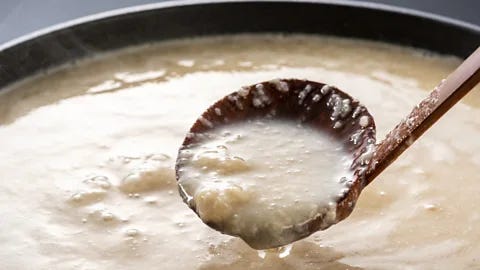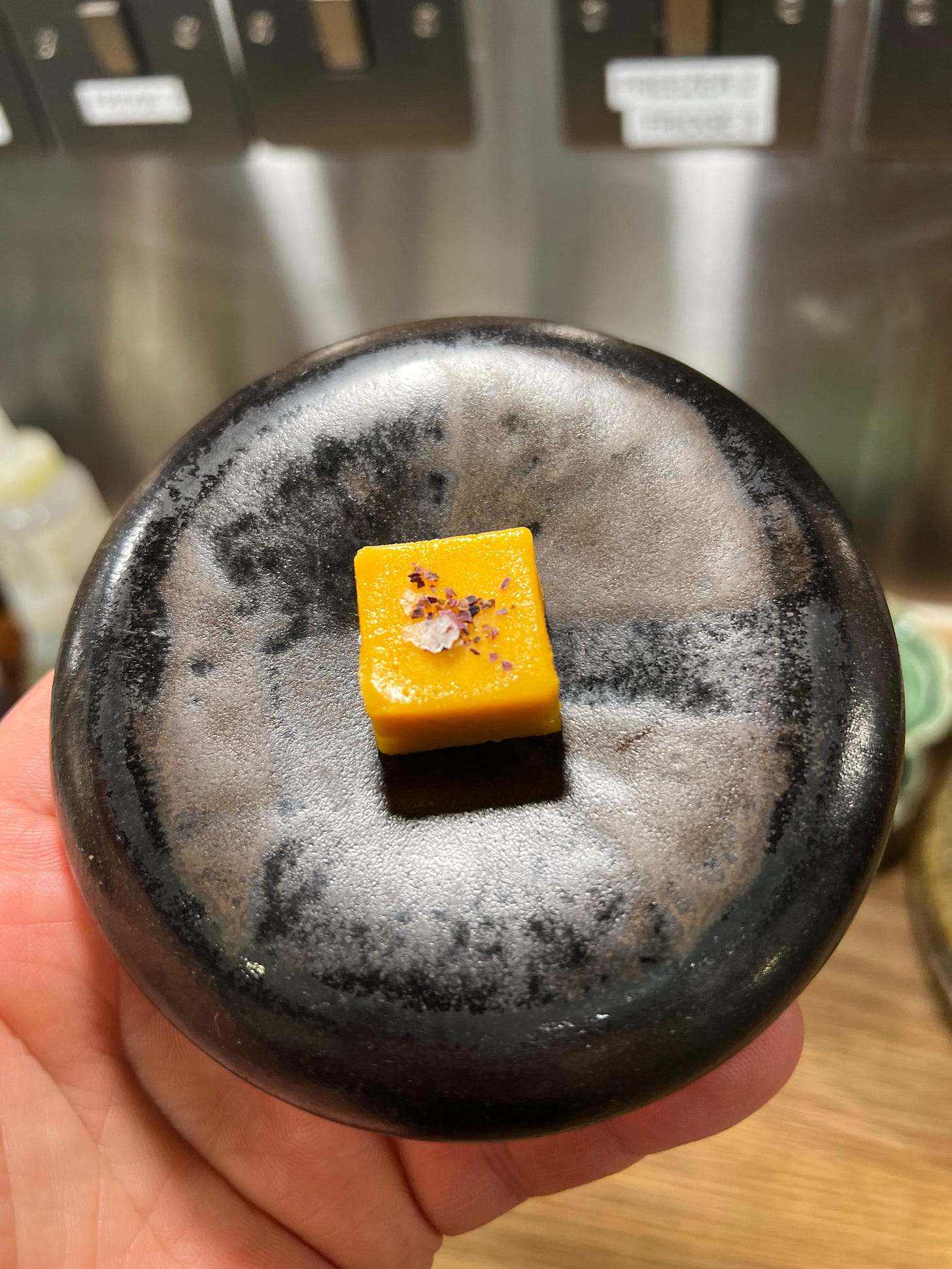It seems, as Irish people, that we are condemned to drink. Not just water may I add. While writing An Irish Food Story, I learnt of a sixty-year-old Irish man who had had his first ever glass of water. How had he survived? ‘On tea’, he said. Sure, what would you be doing drinking water? Isn’t water just for ducks. Such is our history with water on this island. Though nowadays my own daughter refuses to drink water from the tap, preferring it from a plastic bottle. ‘It’s just better-quality water’, she says. Is it? Or have we all been dupped? Should we all return to drinking tea to get our daily allowance of water? Alongside tea, stout is the most notable other Irish drink (or drink associated with Ireland: for neither tea nor stout hail originally from Ireland).
What is it with Guinness that dominates the world in terms of Irishness? Do we not have anything else to offer the world, except a shot of whiskey, and perhaps a slice of soda bread with a good chunk of Kerrygold butter? The article in the New York Times ‘Everybody Is Drinking Guinness’ (December 3rd, 2024) suggests that this is the case. It also suggests that social media trends are behind the run on stout, with ‘splitting the G’, that is, trying to get your first glup of Guinness to finish in the middle of the ‘G’ on a branded pint glass (it’s the stout line that counts, not the foam).
According to the New York Times Guinness ‘once synonymous with old Irish pubs and old Irish men, is increasingly winning over younger’ people. I’m not sure the many Irish women that enjoy Guinness would appreciate the former attribution. Furthermore, there is not a single mention of anything food related in the article. How can The New York Times be so wantonly lazy? A sentence or two would have sufficed. For a paper than wants to escape pigeonholing cultures and cheap stereotypes, they seem to reveal in the associated of Ireland, and the Irish, with drink. The ‘Irish pop cultural renaissance’, according to the Times has Americans aping ‘Irish popular culture’. But is this Irish popular culture, or rather, is this all we have to offer the world?
Undoubtedly, the upturn in Guinness drinking globally is part of a general resurgence of Irish culture. However, despite trying to shake off the ‘meal in a glass’ ideology (or ‘eating is cheating’), we still have a way to go to strap food on top of this slightly myopic popular renaissance. Despite the best efforts of many on the island of Ireland, and those abroad, especially the likes of The Dubliner who are mentioned in the article, to change the face of Irish food culture, we still find the whole caboodle mired in alcohol, namely Guinness, whiskey, and various other alcohols.
Don’t get me wrong, I love a good Guinness, but the media need to begin to put it in the round. Even if they begin with Guinness and oysters, or even mussels (which we have done in Aniar). Guinness and lobster, Guinness reduced and whipped into butter, Guinness, and treacle brown soda bread. I could go on. And so can Irish food. It’s not all about alcohol.
A pint of Guinness may be good, but what about a pint of Monster and Guinness mixed to form some unholy sight? The so-called ‘Billie Irish’ become globally popular for St. Patrick’s day and represents another abomination associated with Ireland (alongside the other paddywhackery such as green tacos). This is another aspect of food or drink associated with Ireland primarily because of its colour and some other vague notions, like fighting or farming. It’s a remnant of the ‘Stage Irishman’ masquerading as a drink that travels around the world to show how the Irish ‘really’ are: fighting, drinking bumbling fools, we love a yarn and who never take themselves too seriously. Again, is there more to Ireland than this?
In an effort to combat these associations, or at least to expand them, we have over the years at Aniar, tried to expand the canon of Irish foods. Often this is by re-engaging with our wild food tradition (we use sweet woodruff as a replacement for vanilla), and our Anglo-Irish history (which we attempted to dissociate from ourselves in the 20th century), especially in the form of the ‘Big House’. Of course, there was much food in these houses (oyster omelettes for a start). To say it wasn’t Irish is something we, as a nation, need to reconcile ourselves with, particularly in this century. They are a vital part of Irish food history.
The last effort we make in Aniar, to expand our idea of Irishness, is to look abroad and learn from other cultures (this is another way food cultures expand). Last week we made a pumpkin amazake at Aniar. Amazake, for those who don’t know, is a is a traditional sweet, low-alcohol or non-alcoholic Japanese drink made from fermented rice. Amazake dates from around 300AD. It is part of the family of traditional Japanese foods made using the koji mold Aspergillus oryzae (麹, kōji), which also includes miso, soy sauce, and sake; all of which are now popular in western cooking to enhance the flavours of our foods. Amazake can be produced by adding water to koji and heating it, often ginger is added for a simple, refreshing, and nutritious drink. Traditionally, it is a sweet thick substance, like a runny porridge.
However, the one we made in Aniar was strained to leave just the fermented liquid. We then reduced this to a sweet umami syrup and added it to a base for a fudge. After freezing the mixture, we topped it with milled dillisk seaweed and Achill Island Sea salt. From an ancient, Japanese fermented drink to a naturally sweet Irish fudge.
These are often the travails of Irish food now: technically searching with local ingredients to bring something fresh to our cuisine. It’s not that we only have Guinness and whiskey and soda bread in Ireland, rather, we have much more. When you find yourself coming across an article on Ireland and alcohol, ask yourself, it there more to Ireland than this?
We need to break the mold (often with mould)!
Jp







